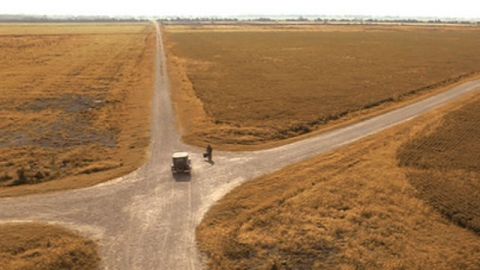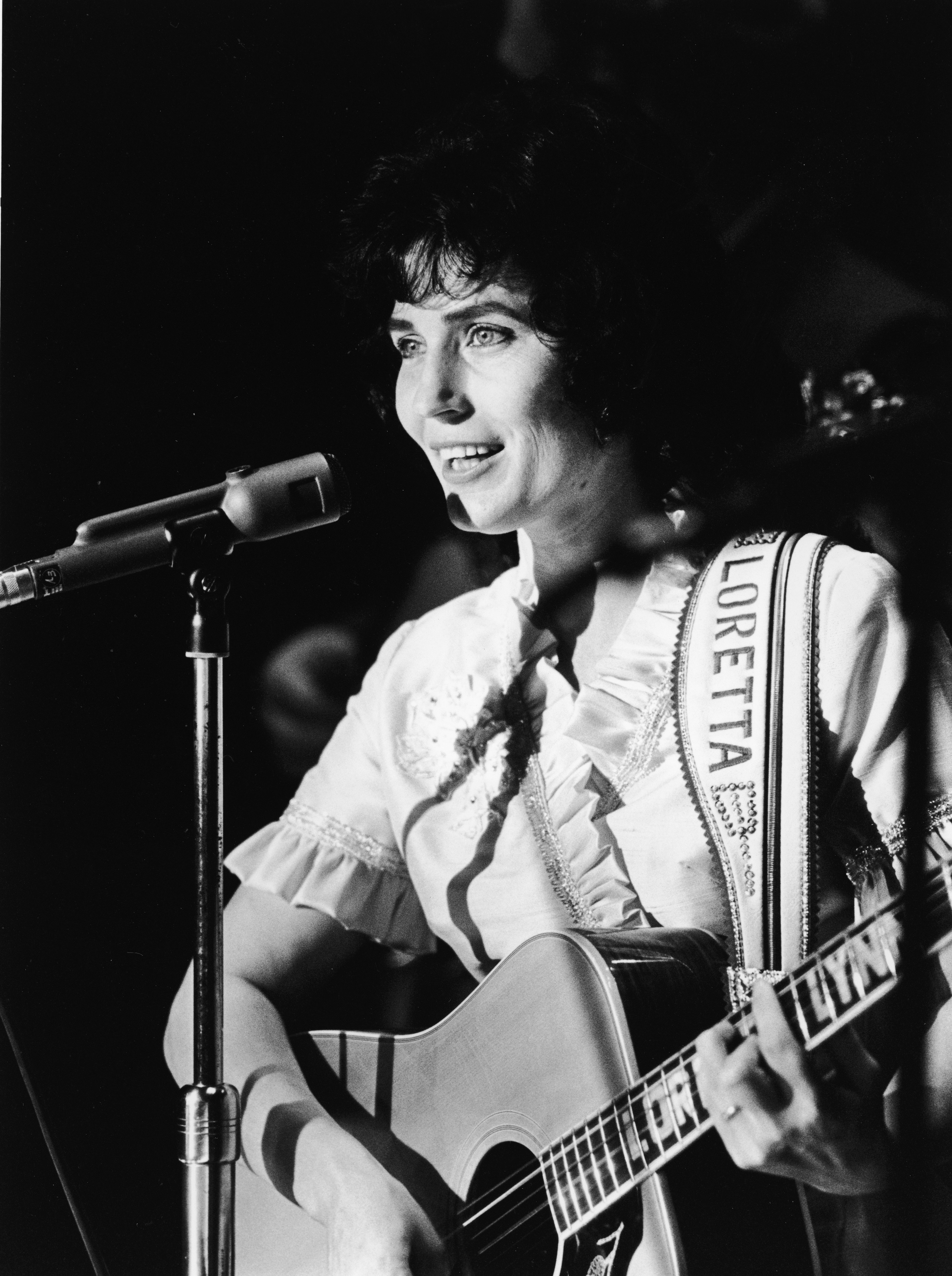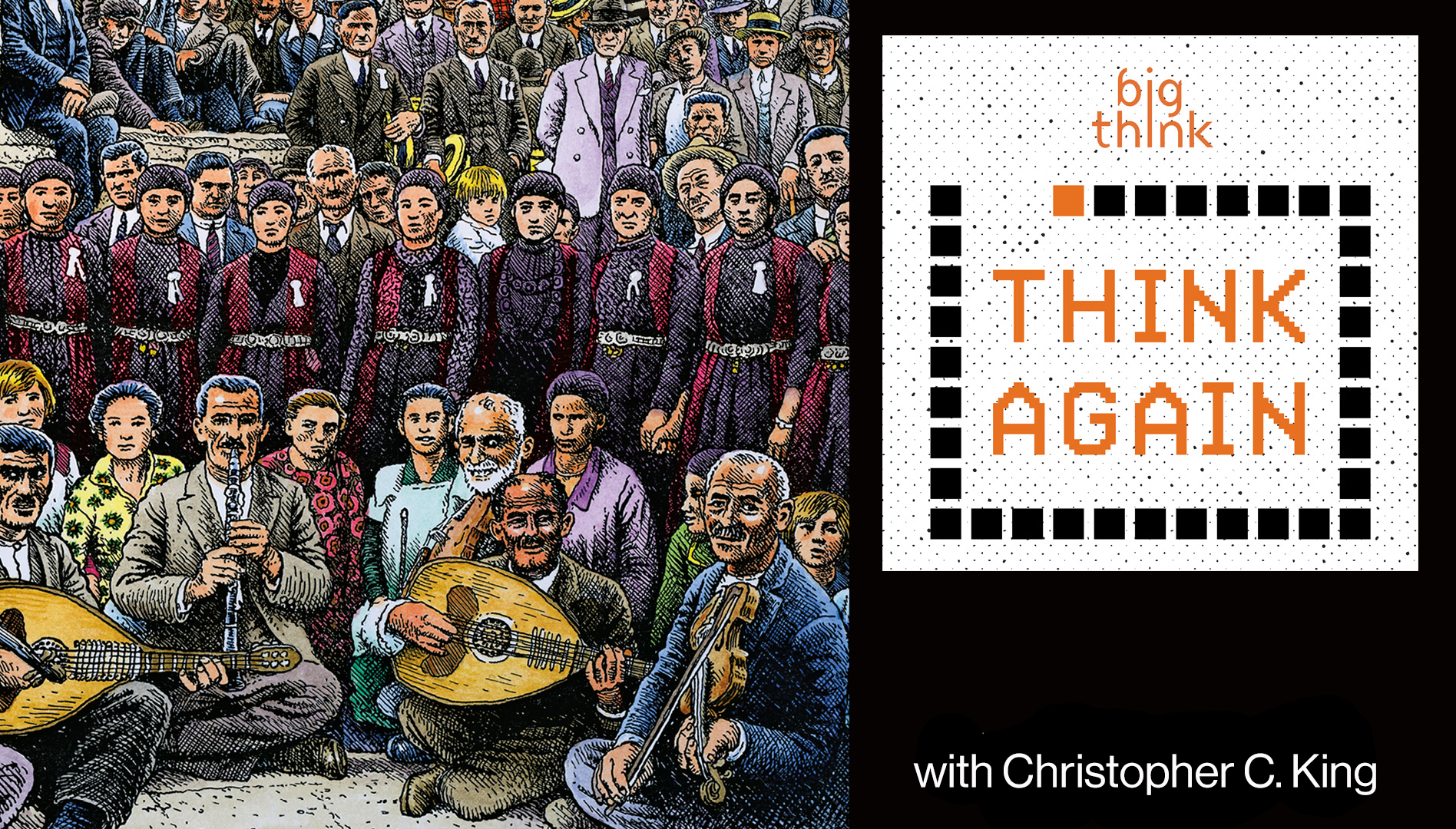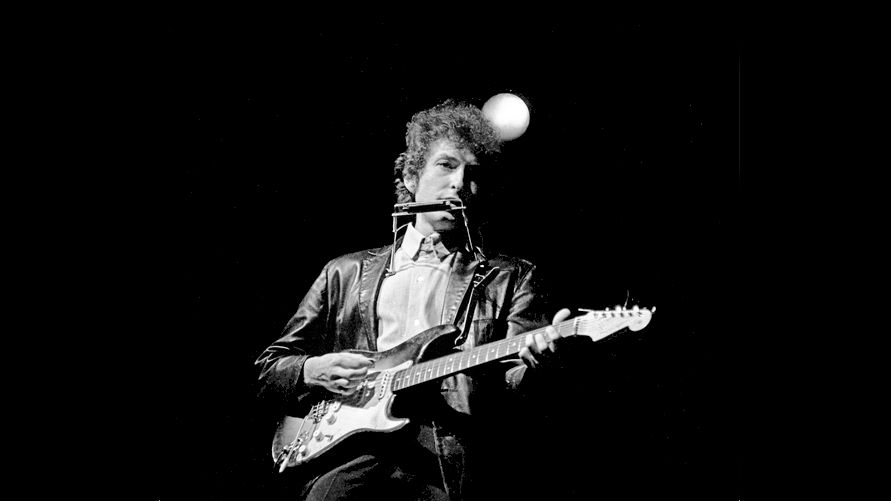An American Idea: The Blues

“Though we are told to mourn it, we must know that it was a noble sound. It had majesty. Yes, it was majestic. Deep down in the soul of it all, where the notes themselves provide the levels of revelation we can only expect of great art, it formed a bridge. That’s right, a bridge. A bridge that stretched from the realm of dreams to the highways and byways and thoroughfares and back roads of action. To be even more precise, let me say that this sound was itself an action.”
-From Premature Autopsies on Wynton Marsalis’s The Majesty of The Blues
The American music tradition encompasses Jazz, Folk, Old-Time, Gospel, and Rock and Roll. All of that is really just one thing: The Blues.
Historically, Blues and Jazz music were established before 1900 with songs like “Make Me A Pallet On Your Floor”, reflecting the confluence of Irish and Scottish Traditional Music, structures and instruments from Classical music, themes from American Christianity, and the culture of Black Slavery.
But the legend goes that Robert Johnson went down to a crossroads one stormy evening, and The Devil appeared to him. The Devil offered Johnson a deal: He would teach Johnson to play the guitar, but in exchange Johnson had to sell him his soul.
Johnson took the deal, and it was worth it.
American Blues is the greatest artistic contribution that the country has ever produced, and its importance and influence can’t be overstated. It is a reflection of the crossroads of all of the parts of our unique and contradictory history:
The Blues is the crossroads of The North and The South.
It’s at the the crossroads of The Country and The City.
It’s at the crossroads of the 19th Century and the 20th Century
It’s at the crossroads of Black Culture and White Culture.
It’s at the crossroads of Folk and Jazz.
At the The Crossroads, America saw the devil. The Blues was born, and it would change the world.





